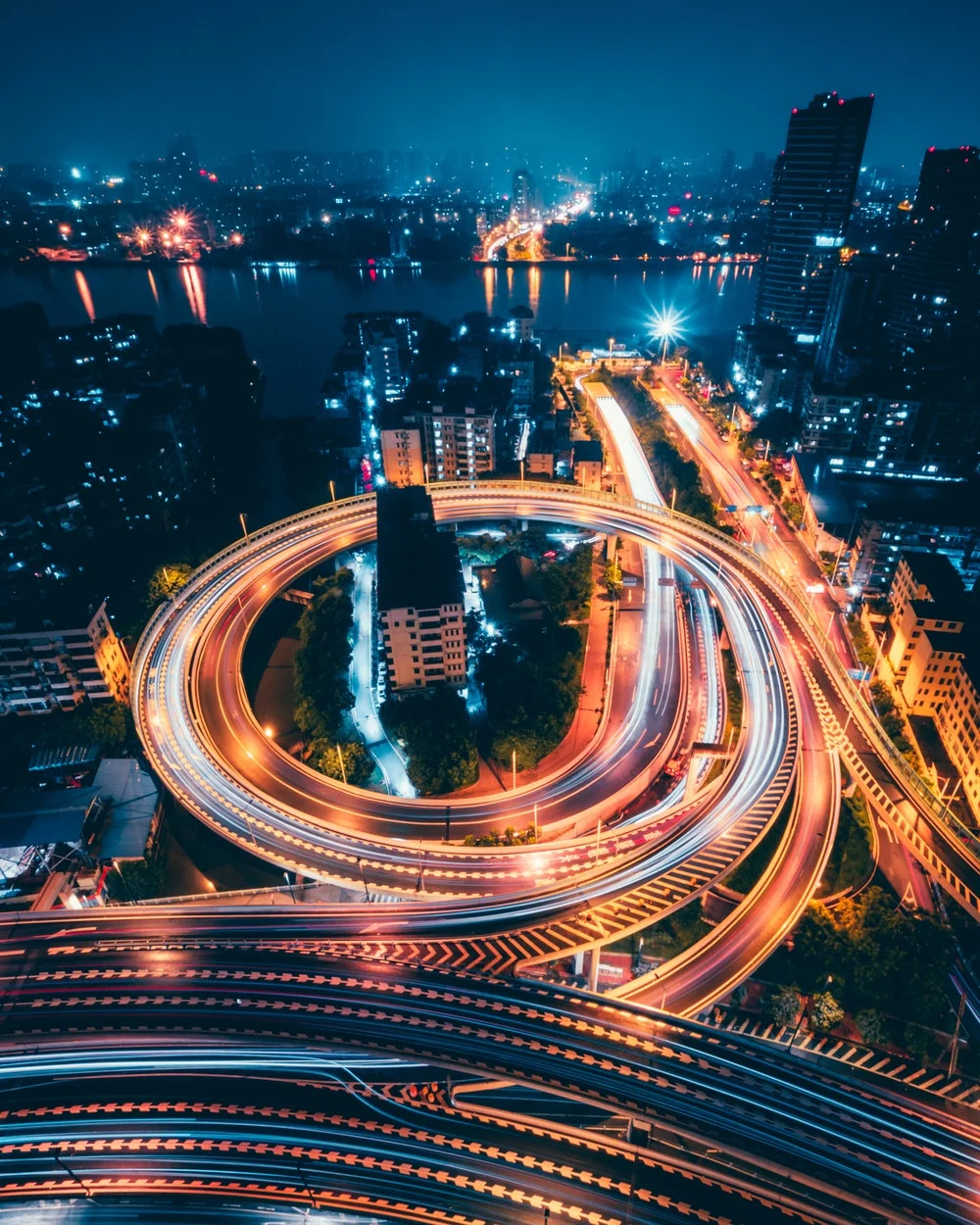Some feats of technology are so magical that we users forget to even stop and think about how they work. Photography is one of these feats--especially with the rise of modern smartphone technology, manufacturers do their best to blend the camera as merely a small component of phones. Taking a step back and learning about how cameras work is not only exciting, but may also help you take better photos (even with a smartphone)!
To explore how this device works, let's think of an analogy. Imagine a tap that flows water into a bucket. When you press the button to take a photo, you are turning on the tap for a short amount of time, letting in light into the camera’s sensor (the bucket). Once the light hits the sensor, electronics convert it to electric signals by breaking it up into pixels and storing the information. The amount of light that hits the sensor--or the amount of water in our bucket-- determines what we perceive to be the brightness of the image.
There are three main variables that must be balanced together in order to form a perfectly exposed image. The first is Shutter Speed, which describes the amount of time that the shutter of the camera remains open. The longer the tap is on, the more water that falls into the bucket, making our image brighter. If your image is a little dark, consider bumping up the shutter speed to let more light into the sensor. The next is Aperture, which describes the size of the opening through which light is let in. As you might imagine, the wider the aperture, the more light is let in and the brighter the resulting image. The final variable, ISO,refers to the sensitivity of the sensor to the light. Going back to our analogy, ISO reflects the water pressure from the tap--the greater the pressure, the faster the bucket fills, but the greater the chance of water splashing around. This splashing leads to a granier looking image, so be careful when increasing your ISO.
Exposing is the art of balancing these three elements to capture a photo. If these three elements are so crucial, you may wonder why you’ve never heard of them. Modern smartphone camera technology is able to use algorithms developed to balance these elements and properly expose images. However, this automated exposure technology also takes away artistic control from the user.
Shutter Speed, Aperture, and ISO each have their unique side effects to the resulting photo. Faster shutter speeds are able to capture dynamic shots, while drawn out exposures can be used to produce light trails. Wide apertures shorten the focal plane to create greater subject background isolation, giving photos that classic “portrait look”. Finally, bumping up the ISO can make the imaging grainier. In order to fully take advantage of these effects, you will have to manually expose your shot. Thankfully, phones nowadays let you control these three elements via the default camera app or third-party apps, putting the tools you need to take great photos at your very fingertips!
References:
Unsplash. Veins of Gold | HD photo by Simon Zhu (@smnzhu) on Unsplash. https://unsplash.com/photos/dlYgicF7u08 (accessed Apr 6, 2019).

